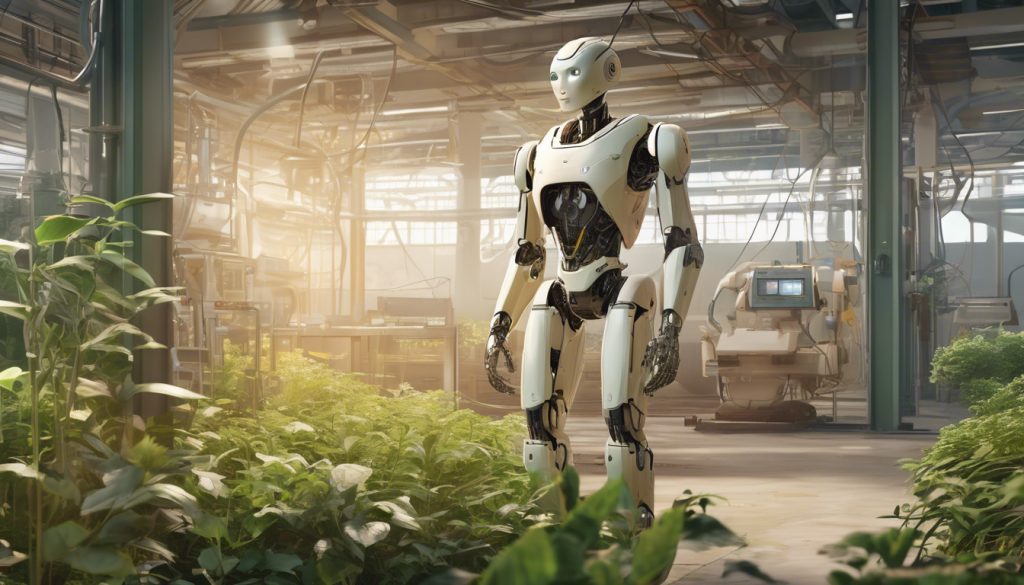
Humanoid Robots: The $15 Billion Revolution Reshaping Our Workforce
The humanoid robot revolution is accelerating faster than many realize. Projected to reach $15.26 billion by 2030 with a staggering 39.2% CAGR, this market is transforming from science fiction to manufacturing reality.
2025 is being called the "quantity production year" for humanoid robots, with at least six Chinese companies already entering or preparing for mass production. The manufacturing sector leads adoption, addressing labor shortages and rising costs through material handling, assembly, and quality inspection applications.
The automotive industry is at the forefront, with approximately 1.6 million humanoid robots expected in the sector by 2035. Tesla plans 5,000 Optimus robots initially, while BYD aims to deploy 1,500 units this year alone.
While these advancements promise productivity gains, they raise significant workforce concerns. AI automation could displace 85 million jobs globally by 2025, with 14% of the global workforce potentially needing career changes by 2030.
Cost remains a barrier but is rapidly falling. Current prices between $120,000-$150,000 could drop to $17,000 by 2030 if components are sourced from China. Some manufacturers predict costs could halve within just one year.
Safety challenges persist, as evidenced by recent incidents where robots malfunctioned in testing facilities and public demonstrations, highlighting the need for robust safety protocols.
For workers, the key will be developing skills that complement rather than compete with automation – critical thinking, creativity, and emotional intelligence will become increasingly valuable.
Are you preparing your business or career for a world where humanoid robots become commonplace colleagues?
Read Oliver's full deep dive here
If you found this insight valuable, please share it with colleagues navigating the changing workforce landscape.


